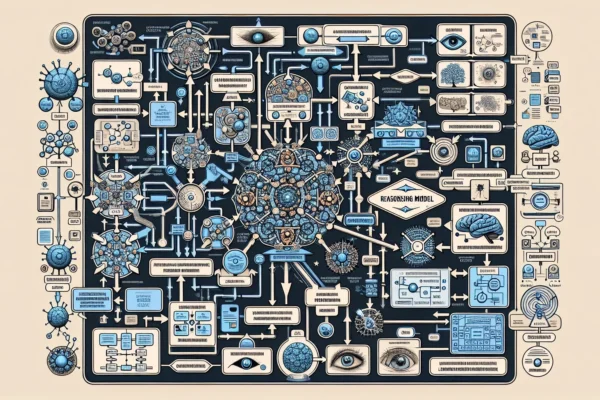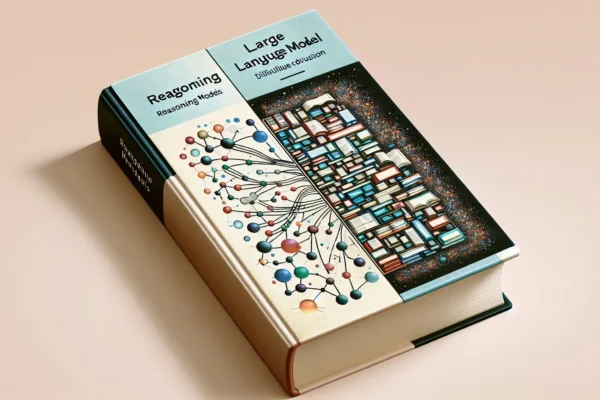The Dawn of Intelligent Pharmaceuticals: Unveiling AI’s Role in Drug Discovery
The pharmaceutical industry is undergoing a seismic shift, driven by the transformative power of Artificial Intelligence (AI). No longer confined to the realms of science fiction, AI is rapidly becoming an indispensable tool, revolutionizing the way we discover, develop, and deliver life-saving medications. This article delves deep into the intricate landscape of AI-driven drug discovery, exploring its methodologies, applications, challenges, and future potential.
Target Identification: Pinpointing the Achilles’ Heel
The initial stage of drug discovery, target identification, traditionally involves years of painstaking research to identify a specific protein or gene that plays a crucial role in a disease’s progression. AI significantly accelerates this process.
Genomics and Proteomics Analysis: AI algorithms can analyze vast genomic and proteomic datasets, identifying patterns and correlations that would be impossible for humans to discern. Machine learning models can predict the likelihood of a specific gene or protein being a viable drug target based on its function, expression levels, and interactions with other molecules.
Network Biology: Diseases are rarely caused by a single gene or protein malfunction. AI excels at constructing complex biological networks, mapping out the intricate relationships between various biological entities. By analyzing these networks, AI can identify key nodes that, when targeted, could have a significant impact on disease pathology.
Literature Mining: The scientific literature is a treasure trove of information, but its sheer volume makes it challenging to extract relevant insights. Natural Language Processing (NLP) algorithms can sift through millions of research papers, patents, and clinical trial reports, identifying potential drug targets and their associated mechanisms of action.
Lead Discovery: Finding the Right Key for the Lock
Once a target is identified, the next step is to find a molecule (a “lead compound”) that can effectively interact with that target, either inhibiting its activity or modulating its function. AI is revolutionizing lead discovery through:
Virtual Screening: Instead of physically testing millions of compounds, AI can predict the binding affinity of different molecules to the target using computational models. This drastically reduces the number of compounds that need to be synthesized and tested in the lab, saving time and resources.
De Novo Drug Design: AI can go beyond screening existing compounds and design novel molecules from scratch. Generative algorithms can create entirely new chemical structures with desired properties, such as high binding affinity, selectivity, and drug-likeness. This opens up the possibility of developing drugs for previously “undruggable” targets.
Structure-Based Drug Design: When the 3D structure of the target protein is known, AI can use this information to design molecules that fit perfectly into the target’s active site. This approach allows for the rational design of highly potent and selective drugs.
Preclinical Testing: Predicting Success Before the Clinic
Before a drug can be tested in humans, it must undergo rigorous preclinical testing to assess its safety and efficacy in animal models. AI can improve the accuracy and efficiency of preclinical testing through:
Predicting Toxicity: AI models can predict the potential toxicity of a drug based on its chemical structure and interactions with biological systems. This allows researchers to identify and eliminate toxic compounds early in the development process, reducing the risk of adverse events in clinical trials.
Personalized Medicine Insights: AI can analyze preclinical data from different animal models to identify biomarkers that predict drug response. This can help researchers to stratify patients in clinical trials and personalize drug treatments based on individual characteristics.
ADMET Prediction: Absorption, Distribution, Metabolism, Excretion, and Toxicity (ADMET) properties are crucial for drug success. AI algorithms can predict these properties using computational models, allowing researchers to optimize drug design and formulation for optimal bioavailability and safety.
Clinical Trials: Optimizing for Efficiency and Patient Outcomes
Clinical trials are the most expensive and time-consuming part of drug development. AI can improve the efficiency and success rate of clinical trials by:
Patient Recruitment: AI can analyze patient data to identify individuals who are most likely to benefit from a particular drug. This can improve patient recruitment rates and reduce the cost of clinical trials.
Trial Design Optimization: AI can optimize clinical trial design by identifying the most appropriate endpoints, sample sizes, and treatment regimens. This can increase the statistical power of clinical trials and reduce the time it takes to obtain meaningful results.
Data Analysis and Interpretation: AI can analyze vast amounts of clinical trial data to identify patterns and correlations that would be difficult for humans to detect. This can help researchers to understand the mechanism of action of a drug and identify potential biomarkers for drug response.
Real-World Evidence: AI can analyze real-world data, such as electronic health records and claims data, to assess the effectiveness and safety of drugs in real-world settings. This can provide valuable insights into the long-term benefits and risks of a drug.
Challenges and Limitations:
Despite its immense potential, AI-driven drug discovery faces several challenges:
Data Quality and Availability: AI algorithms are only as good as the data they are trained on. A lack of high-quality, curated datasets can limit the accuracy and reliability of AI predictions.
Explainability and Interpretability: Many AI algorithms, particularly deep learning models, are “black boxes,” making it difficult to understand why they make certain predictions. This lack of explainability can be a barrier to acceptance by regulatory agencies and healthcare professionals.
Regulatory Hurdles: Regulatory agencies are still grappling with how to evaluate and approve drugs that have been developed using AI. Clear guidelines and standards are needed to ensure the safety and efficacy of AI-driven pharmaceuticals.
Ethical Considerations: AI raises ethical questions about data privacy, bias, and access to healthcare. It is important to address these ethical concerns proactively to ensure that AI is used responsibly in drug discovery.
The Future of AI in Drug Discovery:
The future of AI in drug discovery is bright. As AI algorithms become more sophisticated and datasets become more comprehensive, we can expect to see even more breakthroughs in the development of new and improved medicines. Specific areas of future growth include:
Personalized Medicine: AI will play an increasingly important role in tailoring drug treatments to individual patients based on their genetic makeup, lifestyle, and other factors.
Drug Repurposing: AI can be used to identify new uses for existing drugs, accelerating the development of treatments for rare and neglected diseases.
Automation and Robotics: AI can be integrated with automated laboratory systems to accelerate the process of drug discovery and development.
Quantum Computing: Quantum computing has the potential to revolutionize drug discovery by enabling the simulation of complex molecular interactions with unprecedented accuracy.
AI is not a replacement for human expertise, but rather a powerful tool that can augment and enhance the skills of researchers and clinicians. By embracing AI, the pharmaceutical industry can accelerate the development of life-saving medications and improve the health and well-being of people around the world. The intelligent pharmaceutical revolution is upon us, promising a future where medical breakthroughs are faster, more efficient, and more personalized than ever before.



